#YISHREADS July 2022
By Ng Yi-Sheng / @yishkabob
I keep switching up the focus of this column—and why shouldn’t I, given the fact that the whole world’s ridiculously unstable, all our democratic conventions and institutions crumbling like sandcastles at high tide?
So to impose a bit of sanity on myself, I’m returning to the original theme of #yishreads. The following five books are all works of Southeast Asian writing—and yes, Sri Lanka is often considered part of the region, due to its long cultural ties; they were even invited to be part of ASEAN back in 1967, but they declined!
Delighted also to be talking about a work from Brunei for the first time, and to cover a range of historical eras, from early medieval to 90s to thoroughly contemporary, with strong representation of dysfunctional queer men and gloriously unhinged women. (We’re symbiotic species, doncha know? Together, we wreak beautiful havoc.)
Bite Hard, by Justin Chin
Manic D. Press, 1997
This is the first solo publication by the late, great, infamously queer Malaysian-San Franciscan writer, and I'm kinda amazed it spent so long unmolested on my bookshelf. I've previously read his juicy 2002 memoir Burden of Ashes and his 2005 performance art documentation Attack of the Man-Eating Lotus Blossoms, plus some of his other poetry collections. Why didn't I read this?As with most debut collections, there's a delicious rawness to this, all of a young man's rage of saying what he feels no-one else is daring to say—and that's plenty, as he's dealing with being a self-hating 5'5" scrawny immigrant Chinese restaurant worker in a land of buff white gymbods, everyone f*cking and doping themselves in an effort to forget the fact that so many of them are dying of AIDS.
Gayness, for Chin, is not liberation but a kind of hell world, where everyone's abusing and betraying each other, destroying themselves and their dignity. As a simulacrum of a boytoy, he observes that even the most beautiful and privileged white men are reduced to pathetic sacks as they start aging. Any story of love or care between gay men, whether romantic or sororal, is obscured by the tragedies just around the corner.Why read something so horrible, then? Partly because it's documentary (I've noticed how much most Singaporean queer lit of the 90s tried to paint us as innocents oppressed by society, glossing over how we oppress each other)—plus, this is a thoroughly working-class view of queer SF. Partly cos it is part of the Singaporean/Malaysian literary tradition (he not only says in his bio how he was born in Malaysia and raised in Singapore, but has plenty to say about the strangeness of going back to his hickish tin mine-turned-Club Med hometown, the hantu and the relatives that haunt it, the angmoh-loving SIA stewardesses who fly him over from the USA).
But mainly because it's plain good writing, from its unexpected beauty ("Crabs from a Gun" compares pubic lice to diamonds, "Harry Winstons in a bed of hair") and untrammeled power (didn't quite realise he was a spoken word artist—the things that look like prose poems here would be diatribes on the mike).And as a Gen-X gay guy who's experienced Asian fetishism and desexualisation in the West, now viewing the new shifts in media representation abroad and sticky rice pride at home (yes, anti-brown sexual racism is a whole other thing)... it does make you believe that it did get better, and maybe, in spite of the US morphing into a Christofascist theocracy before our eyes, it still can.BTW, why doesn't Singapore’s National Library have Chin in their repository of Southeast Asian literature? Am I gonna have to donate my copies myself???
The Mahavamsa, or the Great Chronicle of Sri Lanka, by the Venerable Mahanama Thera
Translated by Wilhelm Geiger
CreateSpace Independent Publishing Platform, 2018
Written by a Buddhist monk in the 400s or 500s, this is one of the earliest historical documents of Sri Lanka, recording everything from the legendary visits of the Buddha to the island to the reign of Mahasena of Anuradhapura (r. 244-304 CE).
And gosh darn, it's a pretty strange read. You've got huge chunks of really boring text about rulers placating monks and nuns by building viharas and importing Buddha relics, brightened up by assorted tales of auspicious miracles of the seas overflowing with pearls of eight different colours and levitating bodhi trees, plus bouts of peace and war with naga kings and the Tamils. (They're presented as invaders here, though they're also marrying into the royal family all the time. Not super comfy for me to read, since I’ve got a Tamil boyfriend.)
But then you'll get casual inserts of the craziest sh*t ever... and by this I mean no offence to my Sri Lankan friends, because crazy sh*t is the best thing about being a history nerd. Like the daughter of the king of the Vangas in India being an utter nympho who had sex with a lion and bore twin children, Sihasivali (a girl) and Sihabahu (a boy), the latter of whom had lion paws instead of hands and feet, and ended up becoming a king by murdering his lion dad and founding the city of Sihapura (yup, it means the same thing as Singapore: Lion City!)... only to have an absolute asshole of an eldest son named Vijaya (c. 543–505 BCE), who got exiled to Sri Lanka, where he tamed and married a yakshi, i.e. a female nature spirit, and became the first Sinhalese king.
Also the Chola king Elara (205-161 BCE), a Hindu, whom the author grudgingly praises for being so just that when a cow sought revenge for her calf being run over by the crown prince, he had his son decapitated with the same wagon wheel. Also the saintly queen consort Viharadevi (205-161 BCE), blest by a great monk to bear a baby with his soul when he dies, struck with pregnancy cravings to sleep on a huge pillow made of honeycomb (they find one in an abandoned boat) and to drink water used to cleanse the sword that had chopped off the head of Elara's greatest warrior. Also Queen Anula (47-44 BCE), who poisons her way through five different lovers, including the rebel king Coronaga, Siva the palace guard, a Tamil carpenter named Vatuka, a wood-carrier named Bhatika Tissa, and another Tamil dude named Niliya, before taking power herself! (Wikipedia claims she was the first female head of state in Asia!) [1]
If you're curious to read this yourself, however, I'm not sure if I recommend this edition. It's a 1912 translation, full of Pali words, yet with no attached glossary and intro. Also lotsa weird typos that make it clear this must've been carelessly scanned from an old copy. Maybe try the 1889 translation available for free online. As you can see, there's gold in these darn chronicles.
Never Have I Ever, by Isabel Yap
Small Beer Press, 2021
Despite the current boom in Philippine spec fic, this is one of the very few volumes I know of that's actually been published on the international market. (The only other I can think of is Victor Ocampo's The Infinite Library with its Gaudy Boy reprint!)
As I'd hoped, there's Filipiniana aplenty in these pages: a strangely humanised manananggal in "Good Girls"; a slow-burn mystery of a mambabarang in "Only Unclench Your Hand"; the first man and woman, Malakas and Maganda, reborn in "All the Best of Dark and Bright"; the Festival of San Isidro at Lucban in "Milagroso" (this one involves both sci-fi and religious miracles!). There's even a precolonial Cebuano story of lesbian lovers defeating a Bakunawa in "How to Swallow the Moon", and an anti-Duterte tale of the underworld goddess Mebuyen caring for victims of extrajudicial killings in "Asphalt, River, Mother, Child".
Mind you, some tales are set elsewhere, e.g. a kappa in a modern Japanese bathhouse in "A Cup of Salt Tears", a gay male witch struggling with first love in San Francisco in "A Spell for Foolish Hearts". Also a number of tales centred on the sheer horror of being a young woman, e.g. the private schoolgirl stories "Have You Heard the One About Anamaria Marquez?" and "A Canticle for Lost Girls", the domestic abuse mind-twister "Misty", the raw take on what happens when magical girls grow up in "Hurricane Heels (We Go Down Dancing)".
Other critics before me have noted how the prose is beautiful and the characterisation is deep, etc etc. But what strikes me most is the suffering at the heart of so many of the tales. Even the San Francisco one, where the gay boy grows up without overt parental rejection, is plagued with all-consuming self-doubt. Similar grief and guilt and internal turmoil saturate so many of the other stories. This isn't light reading, guys!
The Witch Doctor's Daughter, by Kathrina Mohd Daud
Epigram Books, 2022
A couple of caveats. First, I was approached by my publisher to give a blurb for this, so you could claim this isn’t the most independent of reviews. Second: this isn't spec fic, despite the deceptive title and the fantastical nature of the author's previous novel, The Fisherman King.
Bearing that in mind, here's what I wrote after reading the advance copy:
"A deeply moving tale of female self-discovery, and also a Brunei that I never knew existed—a society in the 90s, shaped by relative poverty, animist tradition, religious flexibility, the wilderness of the jungles and the freedom of the waters, and above all the strange and not-completely-untraumatic process of blossoming into a modern, developed nation."
Seriously, this is a must-read for folks curious about Bruneian culture beyond clichés of oil and billionaire Sultans. It's about a young woman named Safiyya—the daughter of a bomoh, a practitioner of herbal medicine, and a reluctant convert to Islam as a child—who leaves Kampung Ayer, the traditional village of stilt houses on the Brunei River, to work in a jungle longhouse. There, she finds herself torn between two handsome men—the linguistics researcher Dr Johan and the schoolteacher Amin—who represent different paths for her future. A cliché love triangle plot? Not precisely: the story really centres on how Safiyya’s figuring out her own destiny, making decisions about what kind of life she wants to lead as her homeland transitions into a more cosmopolitan stage of its history.
Abuse Suxxx!!! and Other Plays, by Haresh Sharma
The Necessary Stage, 2016
Sharma’s known for being a pioneer of queer Singaporean theatre, exploring gay characters in works like Rigor Mortis (1986), Glass Roots (Don’t Step on Them) (1992), Completely With(Out) Character (1999). But this volume of his is especially worth attention, since it spans ten fascinating years from 2001 to ‘11 when artists finally felt comfy enough to shift away from tales of innocent oppression to more complex depictions of a community grappling with internal contradictions and divisions.
Abuse Suxxx!!! (2001) was staged when I'd just buggered off to the USA for undergrad, so it's the first time I'm encountering the script. It's an artefact of the "semiotic supermarket" days of The Necessary Stage, when assorted characters, devised by the ensemble cast, clashed against each other in between lipsyncs of Destiny's Child—ah beng army boys swearing nonstop, schoolgirl survivors of sexual abuse, women staging a prison break—with an incidental focus on queer scenes: a lesbian couple so passionately in love they decide to split up; a crazed fag hag who murders her gay friends; a gay man who decides to become straight. It's the mania of the dawn of a new millennium, pushed to the extreme, defying sense.
_______ Can Change (2010) is directly inspired by the gay man-turning-straight story of the previous play. The three acts, supposedly staged by a government body, are (1) Singles Can Change, in which a happily single woman becomes a wife and mother, (2) Homosexuals Can Change (directly inspired by a conversion therapy ad by the Church of Our Saviour) and (3) Marxists Can Change, a glowing account of Sharma and Alvin Tan's co-option into mainstream acceptability after being accused of being Marxist theatremakers in 1994. It's staged as a deliberate challenge to liberal hubris—are you really more open-minded and accepting of all in your ideology? Does the theatre scene’s “activism” really make a difference?—which is conceptually very interesting; the refusal of irony as you perform a different belief system. Yet it really does feel dated, now that there's more of a reactionary backlash than ever against progressive views. The recent 2011 restaging (which included an anti-anti-racist segment titled Indians Can Change) advertises itself as restoring faith in the middle ground, which is either cringe or a mindf*ck, I don't know which, maybe both.
Balek Kampong (2011) is an odd addition here: it's more in the vein of Sharma's well-made social realist plays of the mid-2000s onwards (Fundamentally Happy, Gemuk Girls), and it only features one queer character: a lesbian journalist, Roshni, formerly a Singapore citizen, who's arrested for her articles, but is also far less sympathetic in her hot-headed self-righteousness than your standard hero. (I recall at the time she was clearly inspired by the British journalist Alan Shadrake, convicted of scandalising the judiciary in his 2010 book Once a Jolly Hangman: Singapore Justice in the Dock, which was a devastating exposé, though very badly edited.) Reading the script again, I think I appreciate the quality of the work a lot more—how it makes the most villainous character, Mrs Tan from the police, strangely sympathetic (she claims she believes in what Roshni is doing, and is negotiating for her behind the scenes—but is this just manipulation?), and how it allows the absolute worst possible thing to happen to the bubbly Malaysian student Aminah (my alma mater, Nanyang Technological University, rightly comes under fire for its illiberal policies). And interwoven into all this are deeper explorations of the Hindu notion of destiny, the desire to migrate, betrayal, freedom.
And Mardi Gras (2003-4) is fascinating because it captures a slice of gay life in the age of Fridae and the Nation parties, when the idea of gay men, lesbians and allies coming together to organise a Pride event wasn't just a speculative premonition of Pink Dot; it was a provocation to imagine how uproariously vicious club queens would be towards straight-laced dykes, how inappropriately foul-mouthed and fantasist fag hags could be, how the seaminess of cruising and phone number graffiti is nothing compared to the betrayals, the incest, the soul-destroying pressure to keep up appearances for respectability politics, the way this government will coddle you with one hand and crack down on you with the other. Its sequel, Top or Bottom (2004), featuring the same characters, is interesting due to its focus on mourning the death of queer friendship rather than romantic love. These were among the first Singaporean plays to envision not just queer life but queer community, and its expansiveness—Sharma was talking about pansexuality and genderfluidity all the way back in 2003!
I also treasure the personal memories of watching these shows—my partner Mohan whispering to me that the language Mrs Tan was speaking to Roshni wasn't Tamil, but Malayalam; recording my pride statement on video for the performance of Mardi Gras; bringing my ex-Creative Writing Programme mentee to watch ______ Can Change (one of my Q&A bits is in the book!). The tumult of my queer twenties, of Singapore's queer aughts. Captured first in moving flesh, then in print.
Ng Yi-Sheng (he/him) is a Singaporean writer, researcher and LGBT+ activist. His books include the short story collection Lion City and the poetry collection last boy (both winners of the Singapore Literature Prize), the non-fiction work SQ21: Singapore Queers in the 21st Century, the spoken word collection Loud Poems for a Very Obliging Audience, and the performance lecture compilation Black Waters, Pink Sands. He recently edited A Mosque in the Jungle: Classic Ghost Stories by Othman Wok and EXHALE: an Anthology of Queer Singapore Voices. Check out his website at ngyisheng.com.
If you’ve enjoyed reading this article, please consider making a donation. Your donation goes towards paying our contributors and a modest stipend to our editors. Singapore Unbound is powered by volunteers, and we depend on individual supporters. To maintain our independence, we do not seek or accept direct funding from any government.

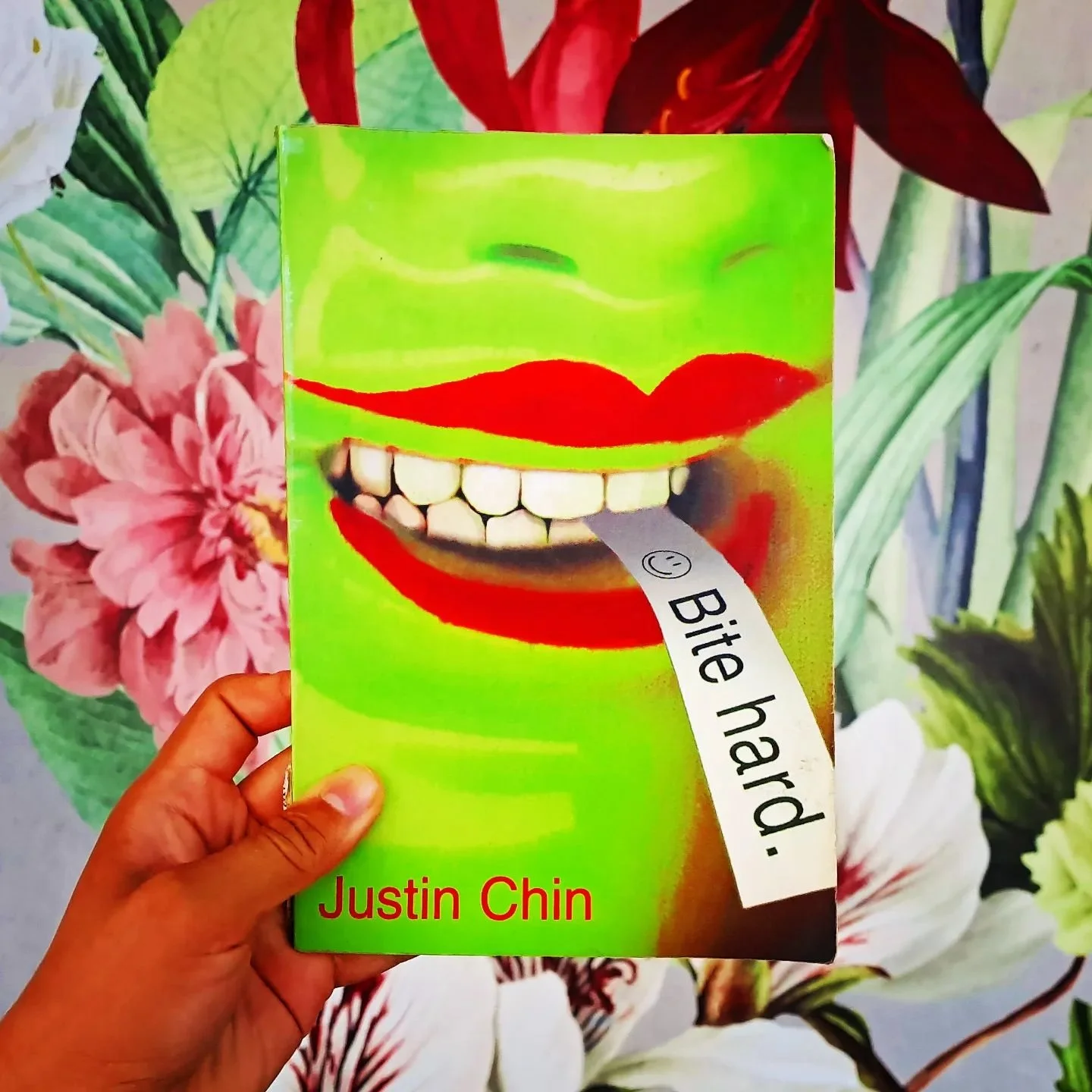
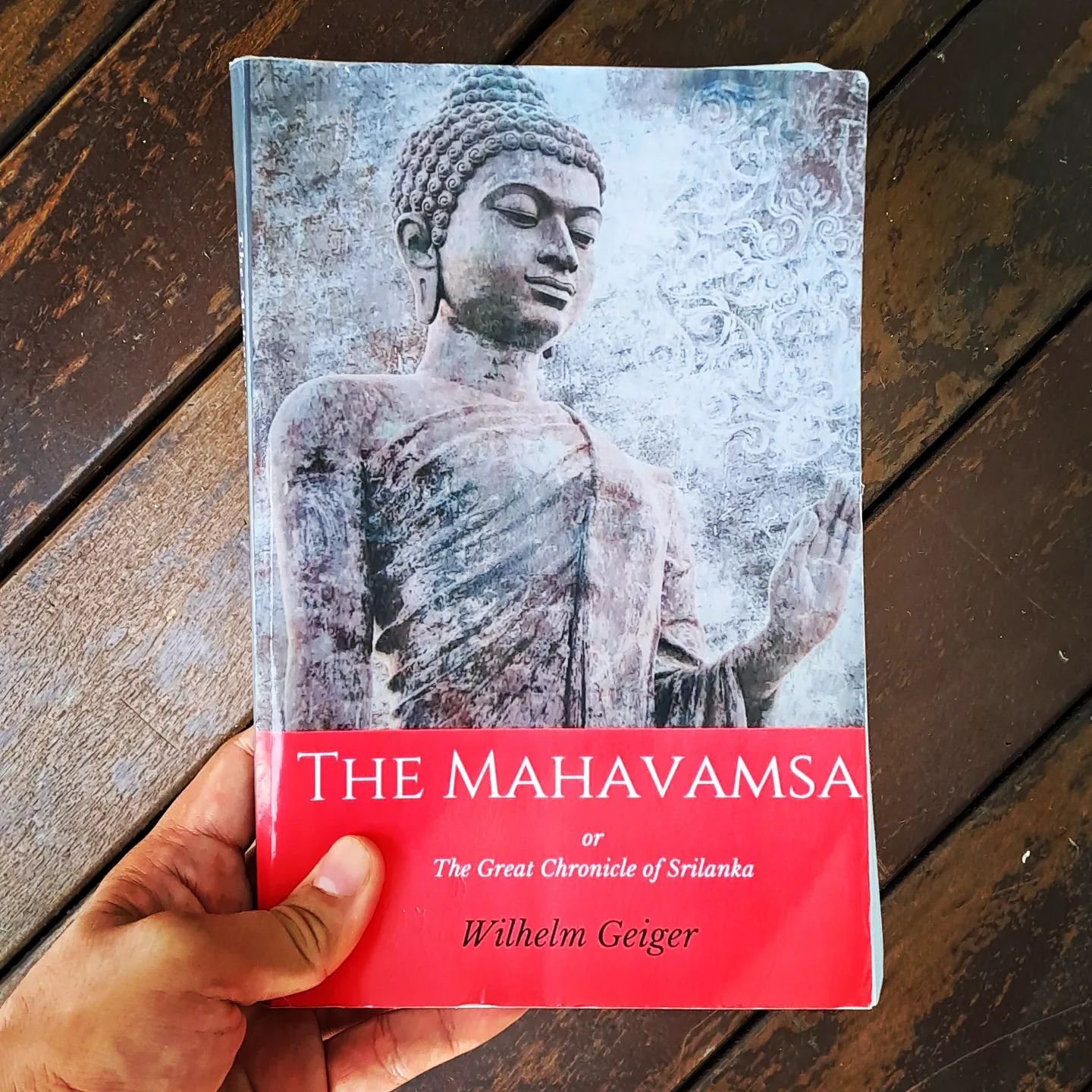
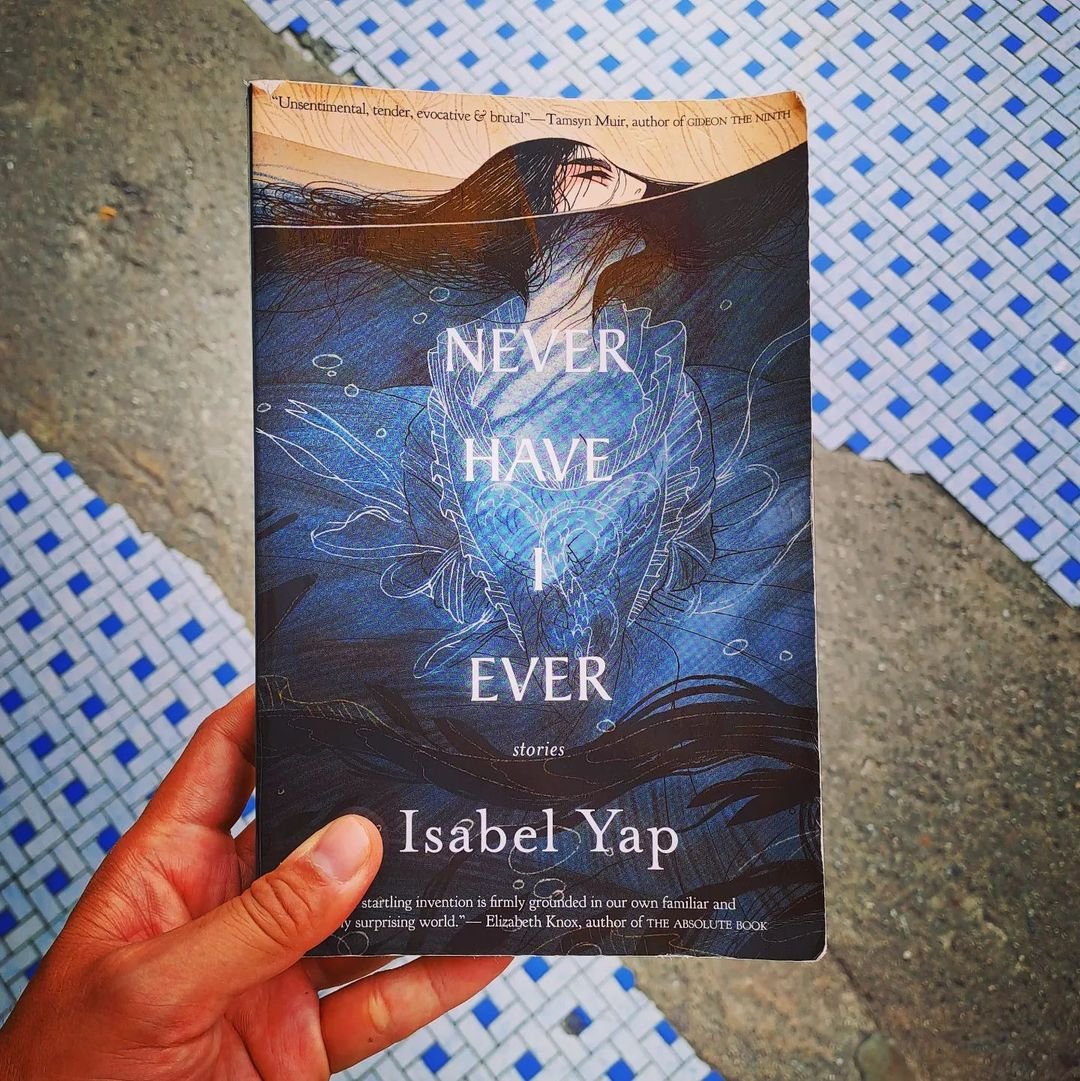

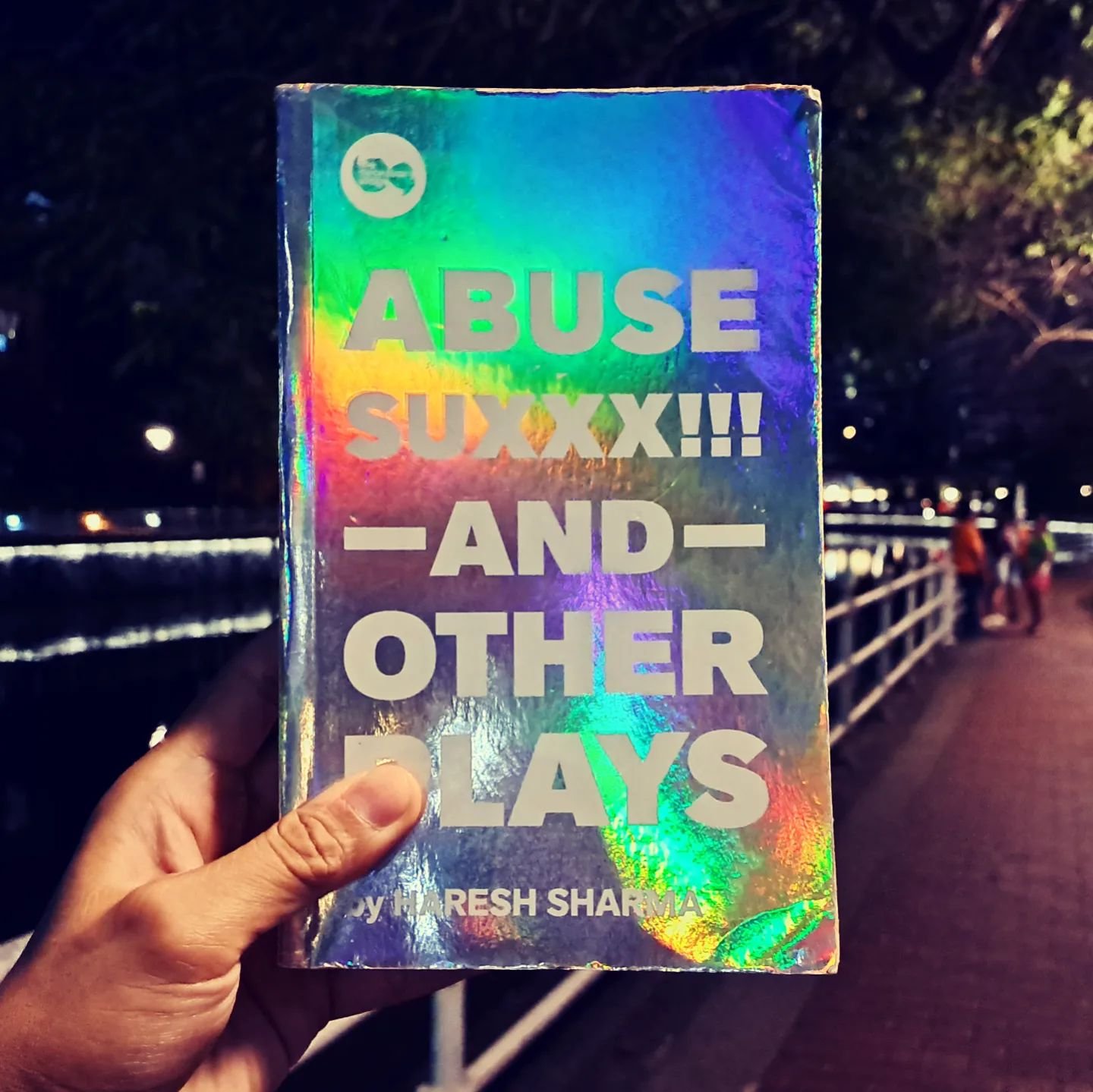



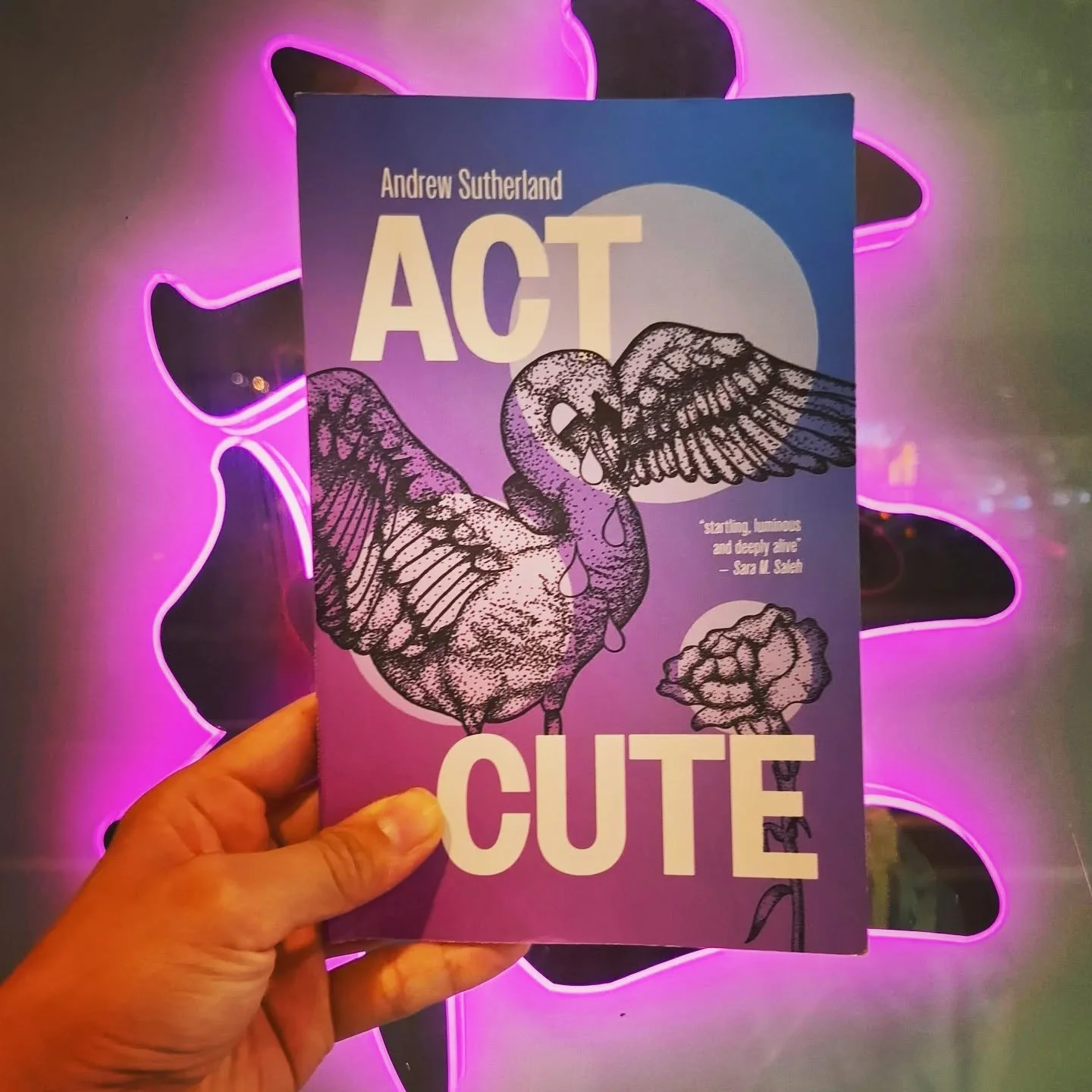



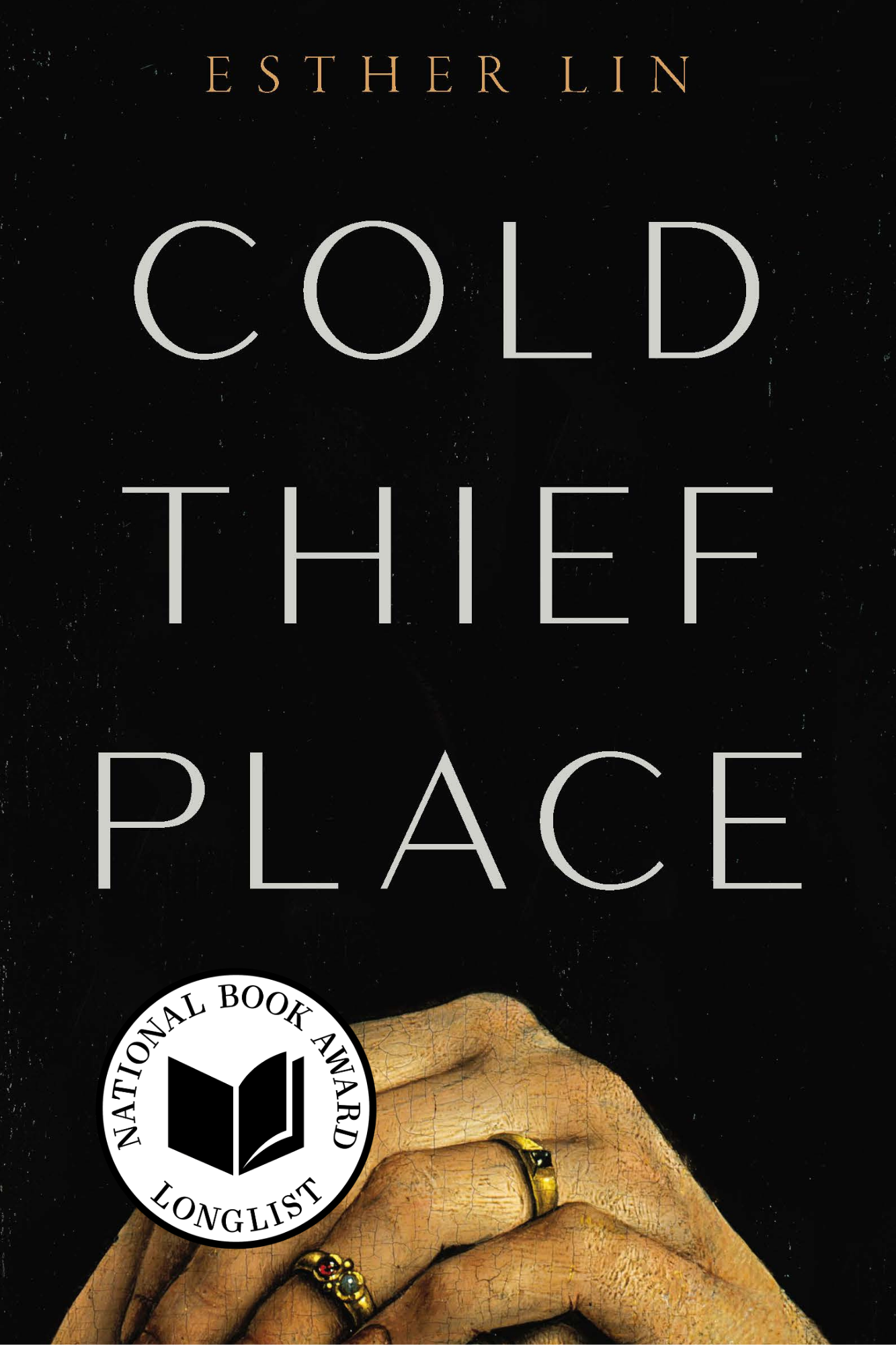
This Christmas season, Ng Yi-Sheng takes us to the Middle East.